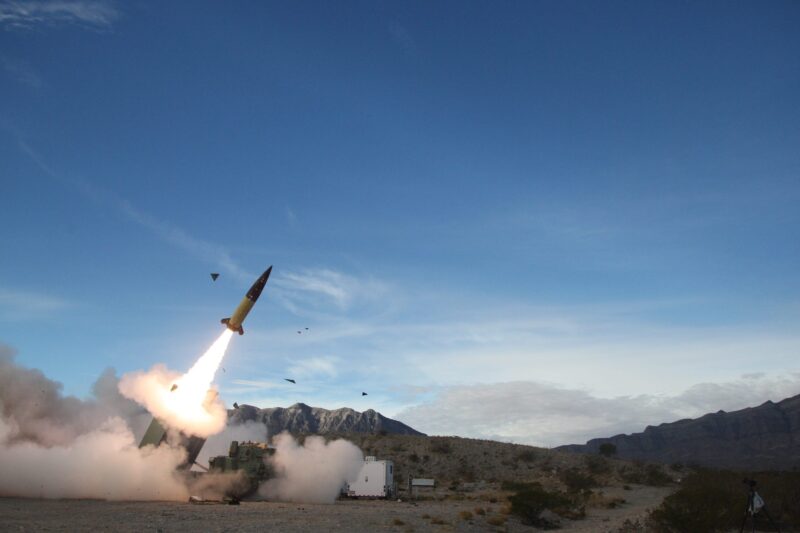- Even though oil prices have fallen back from their recent peaks, the world's biggest consumers aren't biting as much.
- Experts told Insider that Asian demand for crude appears to be waning in part because of inflation.
- COVID-19 lockdowns in China and cheap US crude have also steered Asia away from Middle Eastern oil.
Asian oil refiners are getting choosier about where they get their crude from, as inflation picks up across the supply chain, experts told Insider.
State-owned energy giant Saudi Aramco told at least four North Asian buyers that it will supply full contract volumes of oil in September, sources with knowledge of the matter told Reuters. When an exporter allocates the full volume of a contract, traders usually interpret that as supply being roughly in line with demand. A cut in the allocation would signal a drop in demand, while an increase would reflect an improvement.
The oil price has fallen below $100 a barrel and is around 30% below the multi-year highs of early March, right after Russia invaded Ukraine.
But this is the second month in a row that Aramco has allotted the full amount to its North Asian customers, which include China, suggesting any tightness in the market may be easing.
Data last month showed Russia's oil exports to China and India were 30% below their wartime peak, as buyers in the two countries reeled in their purchases.
"Crude demand is clearly weakening as widespread inflation leads to further declines in purchasing power for Asian buyers," Ed Moya, senior analyst at OANDA said in response to Saudi Aramco allocating the full amount of crude.
Saudi Arabia raised prices for Asian buyers to near record highs for August deliveries, reflecting some of the squeeze on supply as producers everywhere rush to fill any gaps left by a dropoff in Russian exports after Western sanctions.
As refiners face lower margins for products such as gasoline, diesel and jet fuel, they're getting choosier about where they get their crude. Reports this week showed Asian buyers are snapping up cheap US crude as traditional Middle Eastern blends are starting to look a little pricier by comparison.
South Korea and Indian refiners purchased about 16 million barrels of US crude so far this month, roughly double what they bought the previous month.
Asian oil demand ramped up after Russia invaded Ukraine with countries like China and India taking advantage of super-cheap Russian exports that had fallen out of favor with lifelong European customers. But this has in turn raised the value of Russia's oil and buyers are once again in search of a better deal elsewhere.
In mid-July, a surge in China's oil imports put Saudi Arabia on track to reach its highest level of total exports since April 2020, as China's COVID-19 measures began to ease. But with strict restrictions back in play, with millions under lockdown, it is taking denting crude demand together with inflationary pressures.
"A big driver for Asian crude demand is the outlook for China and that is complicated given President Xi is sticking to his COVID strategy," Moya said.
China is the world's largest energy buyer and its imports can often make up 10% of total demand. But its cost-conscious refiners aren't so keen to get barrels off the global market and are relying instead on domestic supply, analysts said.
"China's intra crude flows have picked up since Q2, as Chinese refiners are drawing feedstock from other provinces, instead of purchasing fresh but expensive spot barrels from the international market," Emma Li, chief market analyst at Vortexa said in a recent report.
Meanwhile, other factors could be in the mix, according to market analyst at City Index Fawad Razaqzada. "It could also be because Saudi Aramco has the capacity to supply more crude now and selling more at higher prices is profitable for them," he said.










